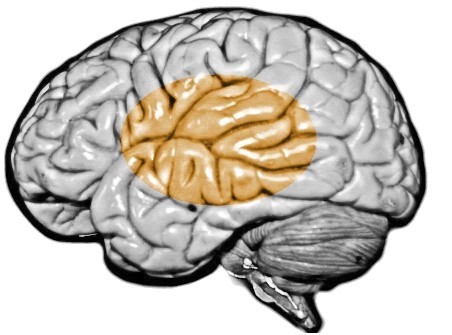Most people believe computers are more efficient than humans since they can perform complex tasks and recall ideas that we keep forgetting. However, human brains have more advantages in processing complicated information quickly and accurately with minimal energy input. The simple tasks carried out by human brains require enormous processing and energy input from computers with varying degrees of accuracy.

Brain-Like Computers on the Rise
Creating brain-like computers with fewer energy requirements would be a significant breakthrough that could affect our modern life. This has been the focus of research funded by the Department of Energy, Quantum Materials for Energy Efficient Neuromorphic Computing (Q-MEEN-C), a consortium led by the University of California.
With our current technology, the pattern recognition tasks executed by the brain can only be simulated through computer software and artificial intelligence programs. Without advanced hardware to support the program, the software will eventually reach its limit. The scientists wanted to mimic the mechanism happening in the software and show the possibility of reproducing non-local behavior.
This research is carried out in phases. In the first phase, Q-MEEN-C director Alex Fraño collaborated with President Emeritus of the University of California, Professor of Physics Robert Dynes, and Rutgers Professor of Engineering Shriram Ramanathan. The team found ways of mimicking the behavior of a single brain element like a neuron or synapse in a quantum material.
The study is now in the second phase, where the scientists investigate the electrical stimuli passing between neighboring electrodes and their effects on the non-neighboring electrodes. This interaction is known as non-locality, which can be applied in creating new devices that simulate brain functions called neuromorphic computing.
The idea to test the possibility of non-locality in quantum materials occurred during the COVID-19 pandemic. As the physical laboratories were closed, the research team conducted calculations on arrays containing multiple devices to simulate the functions of neurons and synapses in the brain. After running the tests, they discovered that non-locality is theoretically possible. When the laboratories finally reopened, the team refined this idea and turned the simulation into an actual device.
To make this possible, a thin nickelate film was taken to serve as quantum material ceramic displaying rich electronic properties. This was followed by inserting hydrogen ions and placing a metal conductor on top. As a wire is attached to the metal, an electrical signal can be sent to the nickelate, causing gel-like hydrogen atoms to travel in a specific configuration.
According to Fraño, this mechanism resembles brain memory. The device remembers that the material is perturbed, allowing the scientists to fine-tune the direction of ions to make more conductive pathways for electrical flow.
READ ALSO: Nanowire Networks Mirror How the Human Brain Learns and Remembers, Study Says
How Does the Human Brain Learn?
Our brain is made of billions of neurons that communicate with each other by creating trillions of synapses. These connection points between individual neurons are complex and change in response to external stimuli and internal dynamics.
The human brain learns not in a linear fashion but in complex layers. Every time a person receives stimuli, connections in various brain areas are created by each piece of learning. Such relationships allow us to differentiate one object from another.
In the brain, the non-local interactions are nominal, meaning they happen frequently and with minimal exertion. It is a crucial part of brain operation and is scarcely replicated by artificial materials.
RELATED ARTICLE: Artificial Brain Reveals How Human Brain Processes Moving Images
Check out more news and information on Human Brain in Science Times.














